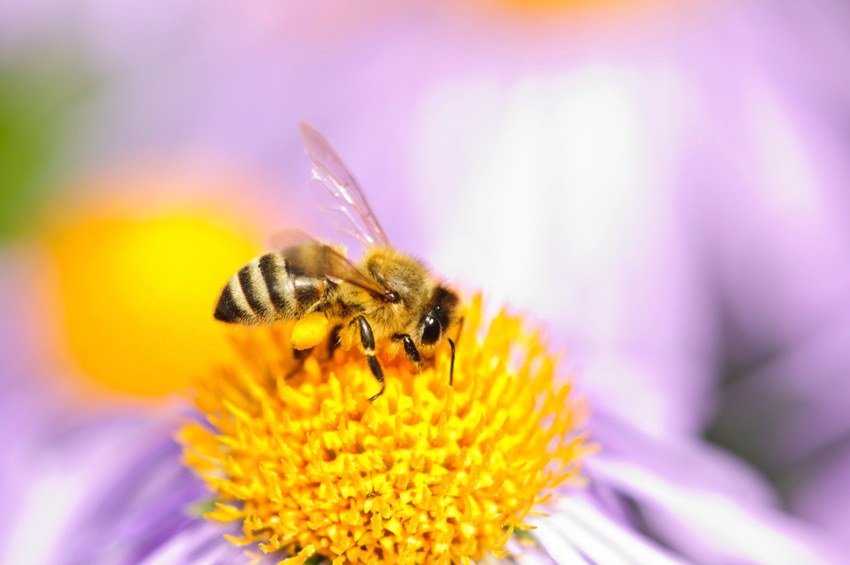EPA marks National Pollinator Week
Three-fourths of world’s flowering plants and 35% of food crops depend on pollinators to reproduce.
June 22, 2020

U.S. Environmental Protection Agency Administrator Andrew Wheeler signed a proclamation on Monday designating the week of June 22 as National Pollinator Week. Wheeler is the first EPA administrator to sign such a proclamation – joining leadership from the U.S. Department of the Interior, the U.S. Department of Agriculture, all 50 state governors and hundreds of governments and organizations around the world.
“Pollinators like bees and hummingbirds sustain nearly 80% of the food in our diets,” Wheeler said, adding that EPA is proud to join USDA, DOI and the state and local partners “in reaffirming our commitment to promoting pollinator health. By doing so, we are protecting human health, the environment and our nation’s food supply.”
Three-fourths of the world’s flowering plants and about 35% of the world’s food crops depend on animal pollinators to reproduce, yet pollinator populations are on the decline due to many stressors, including pests, poor nutrition due to loss of habitat, unnecessary pesticide exposure, pathogens and viruses.
EPA is leading several efforts to protect bees and other pollinators from pesticide exposure to ensure they can thrive in their habitats. In 2019, the agency updated its bee mortality data table to help farmers and beekeepers estimate how long a specific pesticide may remain toxic to bees and other insect pollinators following application to crops.
EPA is also focused on advancing public awareness of the importance of protecting pollinators. In March 2020, EPA launched a free webinar series highlighting ongoing work to promote pollinator health and habitat, which will continue through September 2020. This week, the agency also renewed its memorandum of understanding with Pollinator Partnership, a nonprofit organization that facilitates actions benefiting pollinator habitats.
To learn more about what EPA is doing to protect pollinators and other ways to help protect them, visit www.epa.gov/pollinator-protection. More information is also available about how DOI and USDA are celebrating the week.
You May Also Like



